Best Binoculars For A Safari Holiday
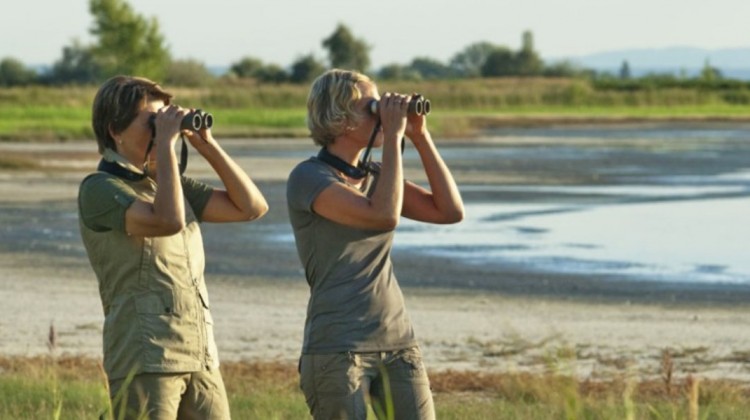
Although you’ll get closer to wildlife than you can ever imagine on a safari holiday, a good pair of binoculars are still key to your enjoyment and everyone needs a pair. To help you choose the best binoculars, we’ll start with the following questions:
1. Is there a best binocular brand?
2. What binocular magnification is best for safari?
3. What do the numbers on binoculars mean?
Binoculars For A Safari Holiday – best brand?
While there’s no ‘best’ make for everyone, as budget will sometimes rule certain brands out, you’ll typically find the same names coming up time and again: Swarovski, Bushnell, Nikon, Leica, and Zeiss. These manufacturers are often involved with other optical equipment, such as cameras, since lens quality is of prime importance in both.
Best Binocular Magnification For Safari
Most people on safari will stick to a magnification of 7 or 8 which gives you a wide field of view and reacts less to any shake. Higher magnifications are possible and keen birdwatchers might choose a magnification of 10 or 12.
What Does The Other Number Mean?
The other number when binoculars are specified 8x?? is the size of the front lens. The bigger this number the more light will be gathered, particularly important on a safari holiday in the low light of an early morning wildlife drive, or as dusk falls at the other end of the day. Bigger lenses do mean heavier, bulkier binoculars though, so there’s a trade-off between portability and what you can see.
Rather than buying your binoculars over the internet, go into a shop – camera shops, such as Jessops, and outdoors shops, including Cotswold or Go Outdoors, often carry a binocular range – and try out some different options. Take the rusksack and jacket you’re taking on safari and see if the binoculars fit into a pocket, and check how comfortable they are to hold to your face for a few minutes as if you’re watching wildlife. Make sure they fit with your eyes so they are lined up with your pupils.
So What Binoculars Do Safari Guides Use?
As they’re a tool of their daily lives in the bush, and you’ll rarely find them without a pair round their necks, we’ve asked Africa’s top safari guides for their thoughts on the binoculars they use and which they recommend for their guests. At the bottom of the article we’ve pulled all the information they’ve given us into a series of charts showing guides’ thoughts on: – The binoculars they use on safari – The binoculars they recommend for safari – The magnification they recommend for binoculars for safari
Calvin Cottar – Cottars Camp, Kenya
Calvin Cottar is the fourth generation of safari guides in Kenya following in the footsteps of great grandfather Chas who came to Africa from the United States. Calvin’s own binoculars are a pair of Leica 10×50 which he describes as “heavy but also sharp and durable”.
In an ideal world he “wouldn’t mind a pair of Swarovski 10×50 binoculars as they are smaller and have exceptional optics.” Calvin says clients on a safari holiday “don’t need anything bigger than 8×40….but the most important thing is that every person has their own – the sharing thing does not work when you’re all trying to look at one magical moment at the same time.”
Jackson Looseyia – Private guide, Kenya
Jackson was born and grew up in the heart of Kenya’s Masai Mara surrounded by wildlife. Having trained as a safari guide with Ron Beaton at Rekero Camp he became a shareholder in the camp he worked in before appearing on the BBC’s Big Cat Live programme and striking out on his own as a private guide.
Jackson reiterates the point made by Calvin saying that you should not come on safari without binoculars. He owns a pair of Swarovski binoculars, which he describes as “surely the best” but suggests that Bushnell or Nikon are brands those on their first African holiday might look at.
With regards to magnification he has two recommendations 7×42 or 10×42.
Saba Douglas-Hamilton and Frank Pope – Elephant Watch Camp and Save The Elephants
Saba’s parents Oria and Iain are renowned within Kenya as safari camp owners and conservationists, but Saba and husband Frank came to the forefront when their family’s move to Elephant Watch Camp in Samburu National Park was featured on the BBC series This Wild Life.
Saba and Frank own a pair of Swarovski binoculars each, which Saba gives the whole product number for; the SLC 10×42 WB. It’s another pair of Swarovskis that she puts forward as her dream pair; the EL 10×42, launched in 2015. Saba has two binocular recommendations as the best for those coming on safari “10×42 for general animal viewing or 10×50 for keen birders” although she warns that the latter are pretty heavy.
David Luck – Wilderness Safaris, Botswana
David grew up in Zambia and developed his love of the bush in the South Luangwa where he tracked animals on anti-poaching patrols. From there he moved to Zimbabwe’s Matusadona and Botswana’s Okavango Delta where he was based as safari guide.
Over his 14 year career he’s guided as far afield as the Arctic, but covered numerous countries in Africa including Botswana, Madagascar, Malawi, Tanzania, Uganda and Zimbabwe. He’s particularly keen on photography and ornithology and his ‘life-list’ for Africa stands at over 700 species. David owns one pair of binoculars, a pair that would make Saba jealous, EL 10×42. He loves them for their compact and rugged design as he needs binoculars on safari that are dust-proof and waterproof.
He states that “Swarovski’s crystal elements are fabulous and enable me to see clearly in low light conditions.” David’s fantasy binoculars are another pair of Swarovskis with a different magnification, the EL 8.5×42 and either these or the EL 10x42s are his recommendations for clients with the budget to stretch to them. He does note the significant weight of the EL 10x42s and suggests using a harness for stability and to avoid a sore neck when walking.
Roelof Schutte – Asilia Safaris, Kenya
Roelof has over 15 years’ experience as a safari guide in South Africa, Zambia, Tanzania and most recently with Asilia Africa in Kenya where he manages the Naboisho Camp in the Masai Mara as well as guiding walking safaris.
Roelof owns three pairs of binoculars, a pair of Swarovski 10×42 ELs (a make becoming a bit of a theme in this article) and two pairs of Zeiss 8×42. He finds the Swarovskis as best for safari as he states they are “crystal sharp, clear, with colour rendition almost, if not better, than the human eye! These binoculars also have a sharp image at the outer edges of the image circle, and has no ‘soft spots’ either central or outer edge, which is great.”
Although Roelof rates any binoculars by Swarovski, Zeiss or Leica as the best, he admits you don’t need to pay quite this level to still get an excellent pair of binoculars. He suggests Nikon’s Monarch range in particular but argues those going on safari should “always buy ‘roof prism’ (more streamlined and compact) binoculars, modern build and design, and not the old style ‘’Porro Prism’’ design, which is bulky with outdated technology design.”
Roelof suggests clients choose between 8×42 and 10×42 for their own binoculars as the 42mm lenses cope better with the low light conditions often encountered when wildlife viewing on a safari holiday. However his best advice is that everyone should have a pair each and not rely on others.
Beks Ndlovu – African Bush Camps, Zimbabwe and Botswana
Beks, together with his wife Sophia, is the founder of African Bush Camp. Born in a rural village close to Victoria Falls in Zimbabwe, Beks went to boarding school in Plumtree before training as a safari guide in Hwange National Park and on the Zambezi River. He was awarded River Guide Of The Year in 1997 before going on to join Wilderness Safaris for whom he worked as a guide until he started African Bush Camps.
Beks treasures a pair of Leica 8×32 binoculars he bought over 12 years ago and, while he acknowledges Swarovki binoculars have excellent optics for safari, he says he is “one of those guys that when I find one good thing I look after it”. Beks also suggests Leica 8×32 binoculars for clients coming on safari “because they are light and easy to pack. Because I am active on safari, they are light around your neck and if you have to get down and walk fast or crawl on the ground during a walking safari, they are not cumbersome to the extent of beating on your chest.”
Like Calvin and Jackson, Beks believes binoculars are “one of the most important things to pack on safari and make a huge difference.”
Andrew Schoeman – &Beyond, South Africa
Andrew grew up in South Africa but has guided safaris throughout Africa, including the Serengeti and Okavango Delta. He’s a talented photographer, with two awards from the Veolia Wildlife Photographic Competition, and is currently based at Kirkman’s Kamp in the Sabi Sand Game Reserve where he hosts photographic safaris for &Beyond.
Andrew owns two pairs of binoculars, Nikon and Swarovski, both 10×42 magnification. While he shies away from recommending a particular brand for clients coming on safari, Andrew does suggest ensuring a 42 lens to make the most of low light and maximum of a 10x magnification as anything stronger is hard to keep steady.
Keyala ‘Kiki’ Phiri – Robin Pope Safaris, Zambia
Kiki was born in Mfuwe, close to the South Luangwa National Park where his father worked as a ranger. His first move into the safari industry was in the offices of Robin Pope Safaris although most evenings found him out on a wildlife drive volunteering as spotter. More recently he started guiding full time in 1997 and became manager of Nkwali Camp in 2002 before taking over the management of the safari houses as well as the camp in 2006.
Kiki states that he has “two pairs of binoculars which are Zeiss and Bushnell. My idea of carrying an extra pair is either to give it to my tea bearer if we are walking or guests.” It’s Zeiss that he says “is my favourite brand to take in the bush and is the one I would recommend to guests especially for people who go out on safari frequently. My first pair was Bushnell and when I received Zeiss as my birthday present it was a completely new world especially if you are a keen birder.”
“The magnification of my pairs of binos are 7×42 for Zeiss and 10×42 for Bushnell and according to my experience 7×42 or 8×42 works well.”
Binocular Summary and Statistics
Half the guides questioned use Swarovski binoculars in the bush and an even higher proportion state these would be their ideal for a safari. In terms of magnification it was more evenly spread between 10x and 8x with a small number of 7x, but almost all suggest a lens of 42mm to ensure good light gathering.
Questions on binoculars or suggestions for this article?
Have we missed out your favourite binoculars or guide, or left you with an unanswered question? Please let us know in the comments section below, or pop us an email. We’ll be sure to reply and may amend the article to include our answer.
What’s Next?
We would be delighted to help you plan a safari holiday, or answer any questions if you’re at an earlier stage. Please just send us an email or give us a call
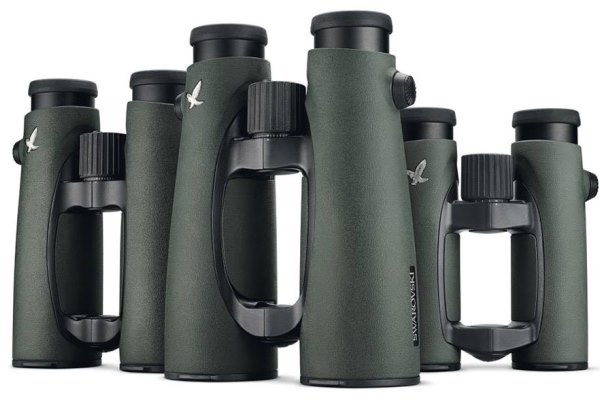
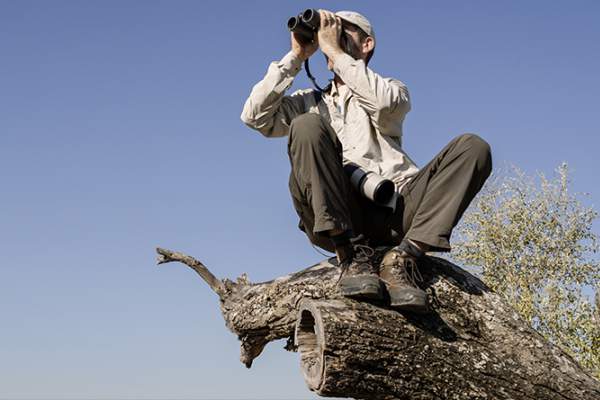
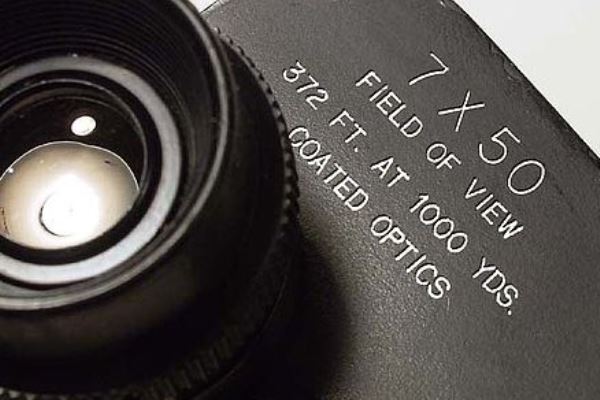
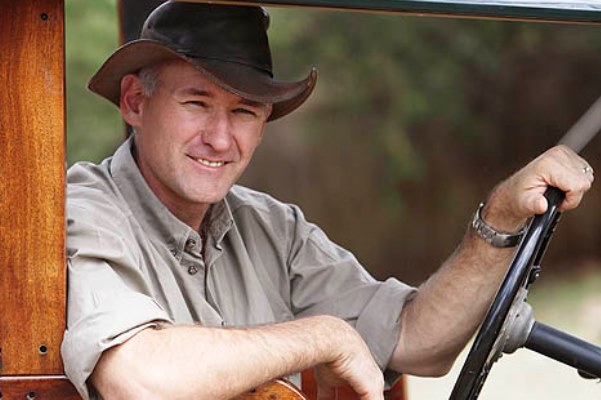
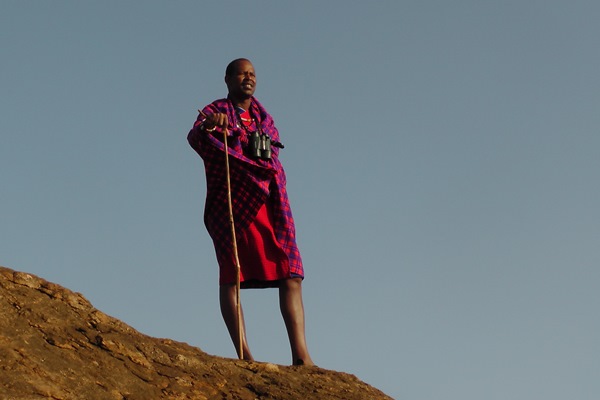
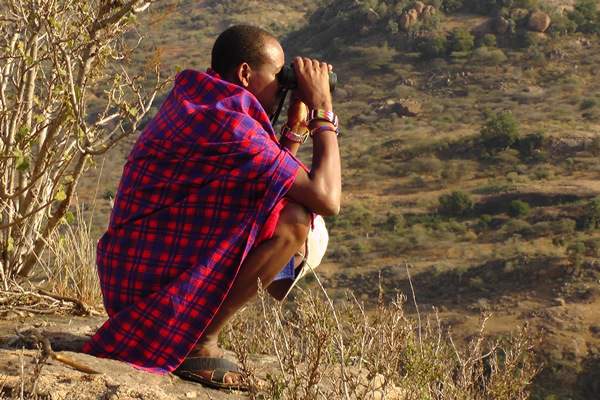
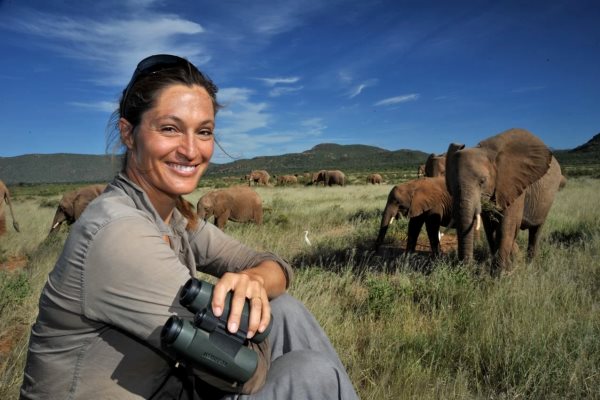
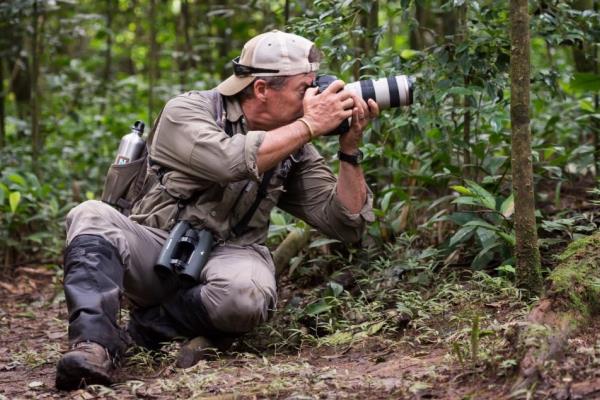
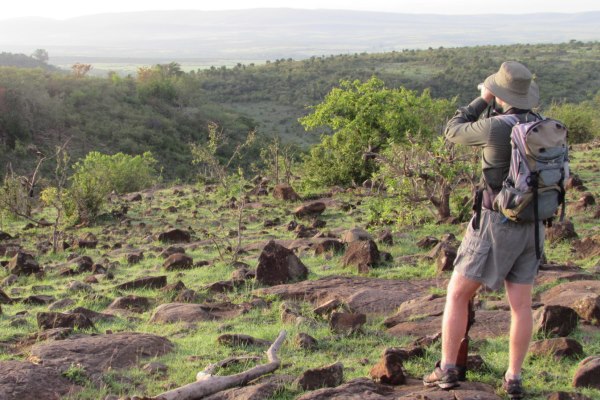
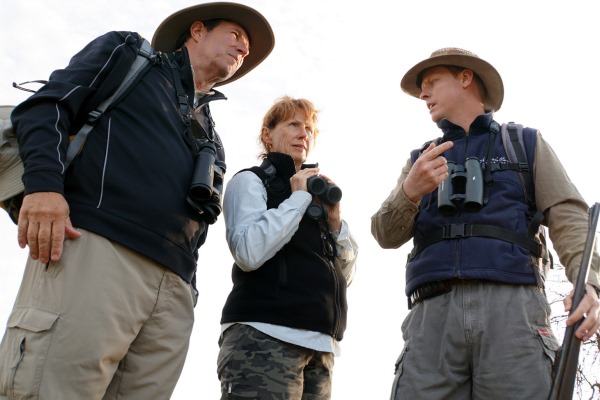
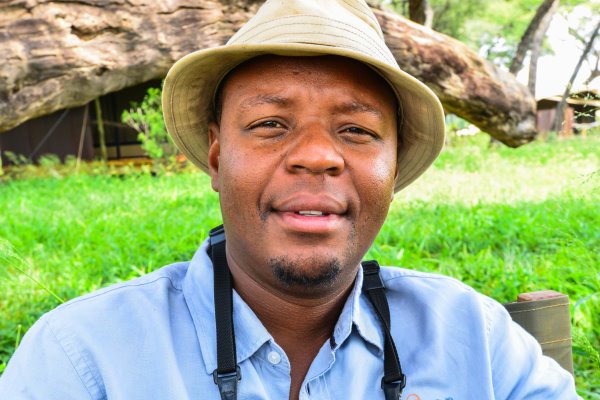
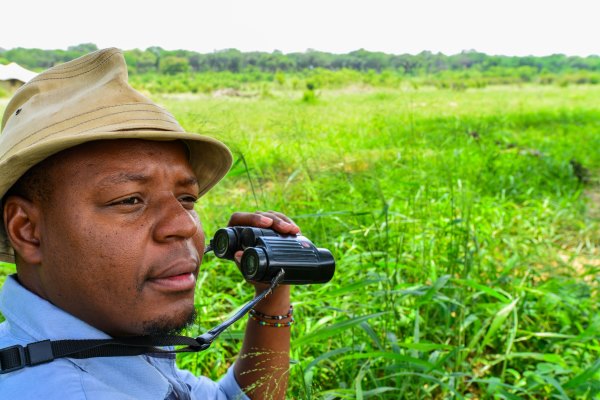
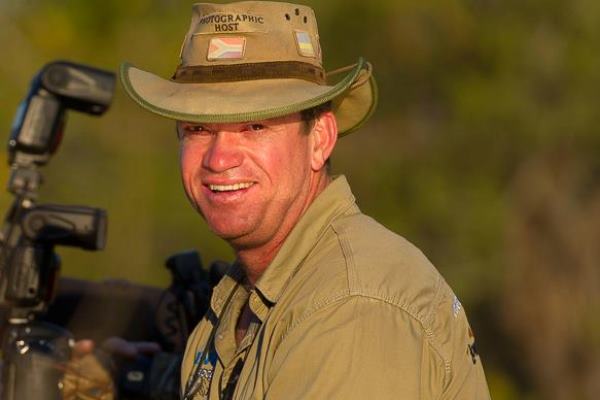
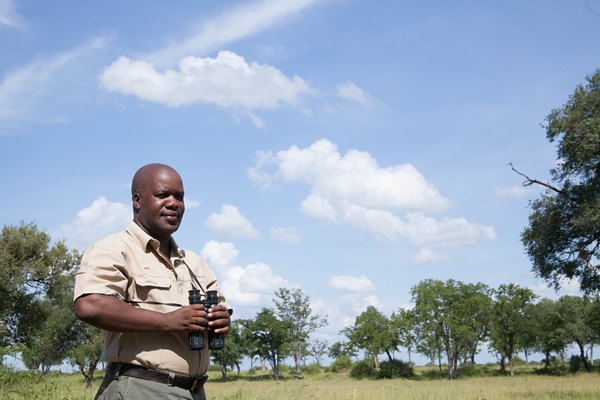
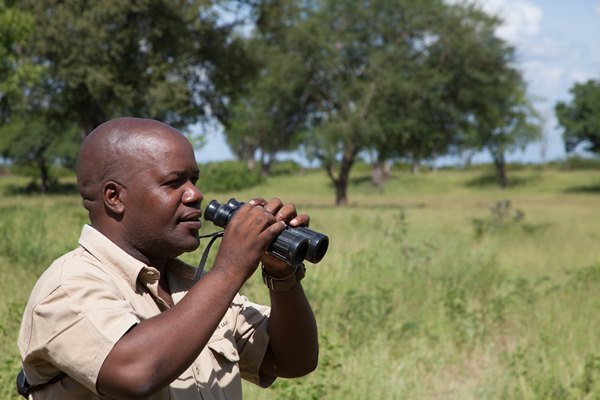
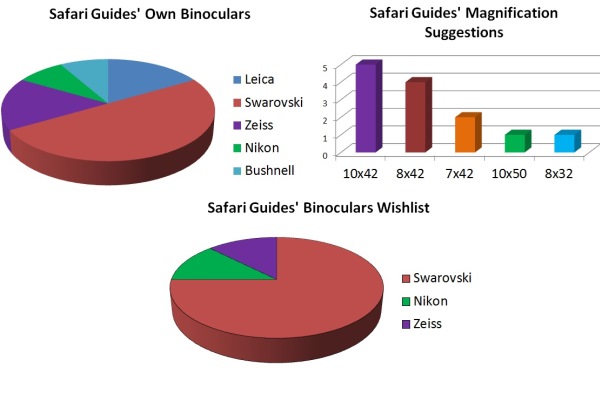
HOw do we plan a safari for 10 days?
Dear Judith,
Your enquiry has been passed on to a safari expert, who will be in touch shortly, Best Regards, Renate
Have a look at Kite Optics, a Belgian brand.
The Kite Optics Caiman 8×45 and 10×45 are extremely good price/quality for around 280 Euro.
The optics are considered among the best in the World and the quality is great, built in Japan and then finetuned and quality checked in Belgium at the head office.
The mentioned brands are fine, but you pay for the brand name, which is no better than Kite Optics.
[…] As you will need to pack, and carry your own equipment when travelling to and while on safari, the best binoculars will be small, light but powerful. So the best binoculars for safari are a small to midsize pair of binoculars either 8×32 or 8×42 or 10×42 as a maximum size. In a survey of African safari guides, over 80% use 8×42 or 10×42.[1] […]